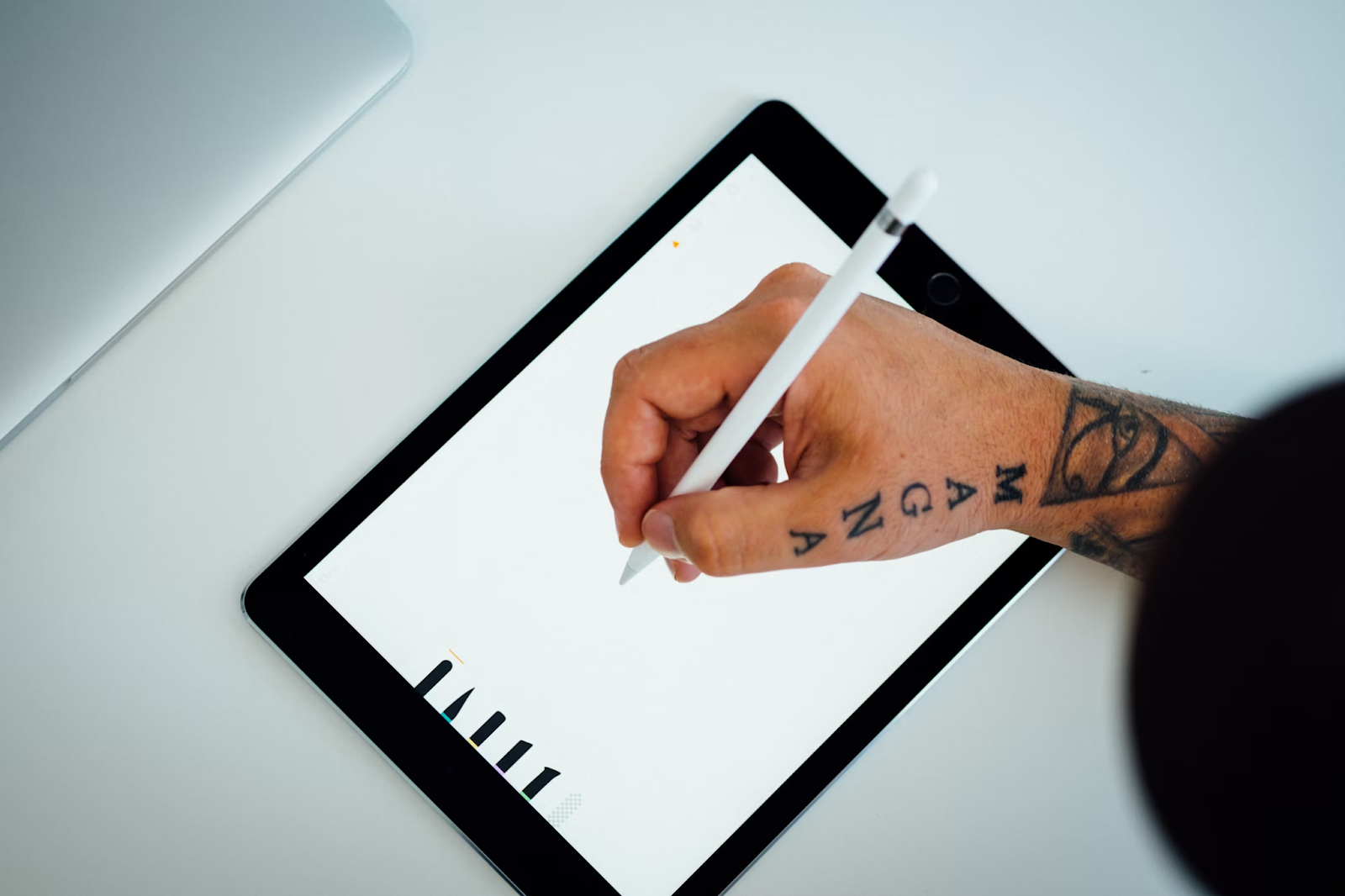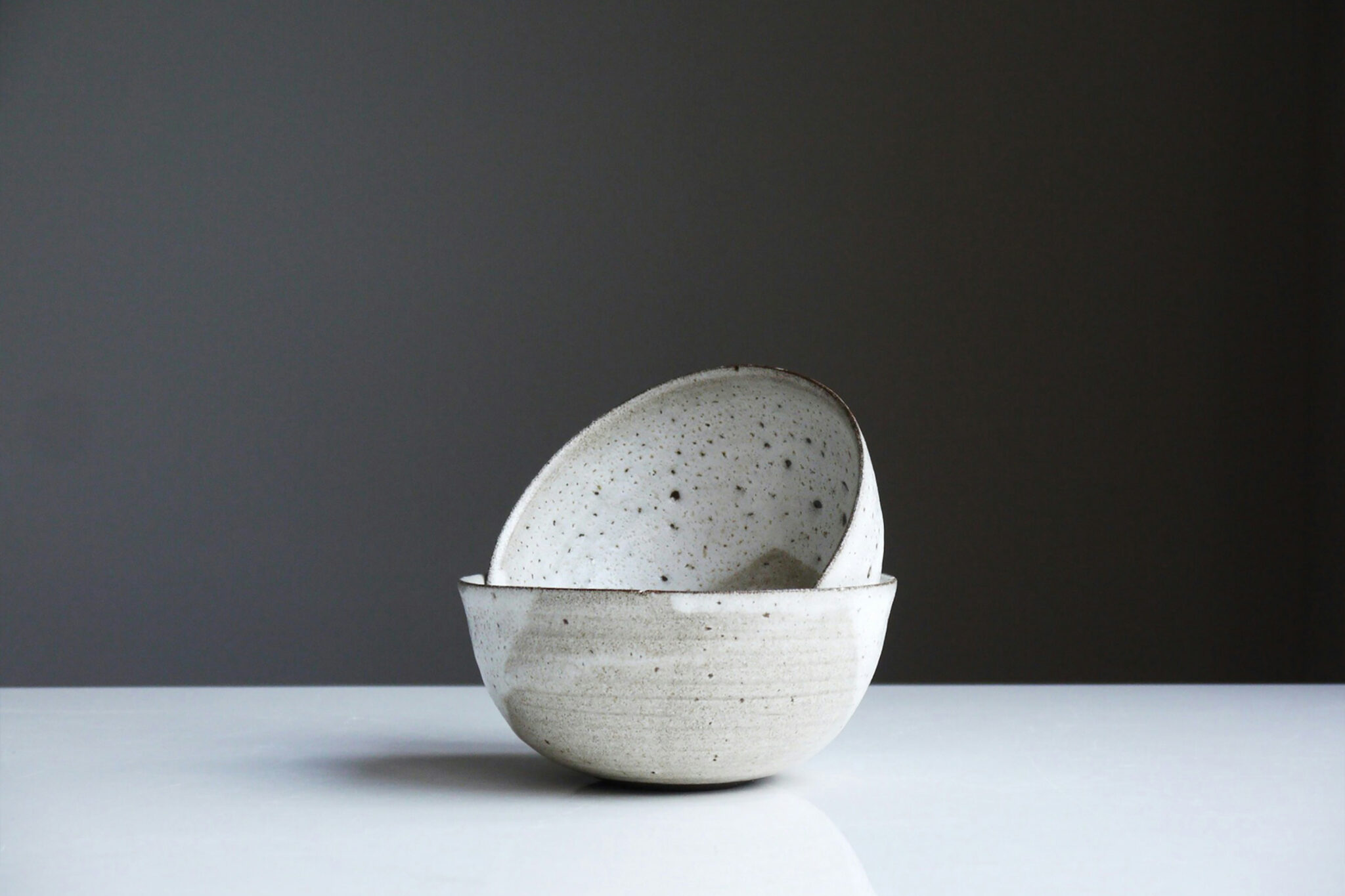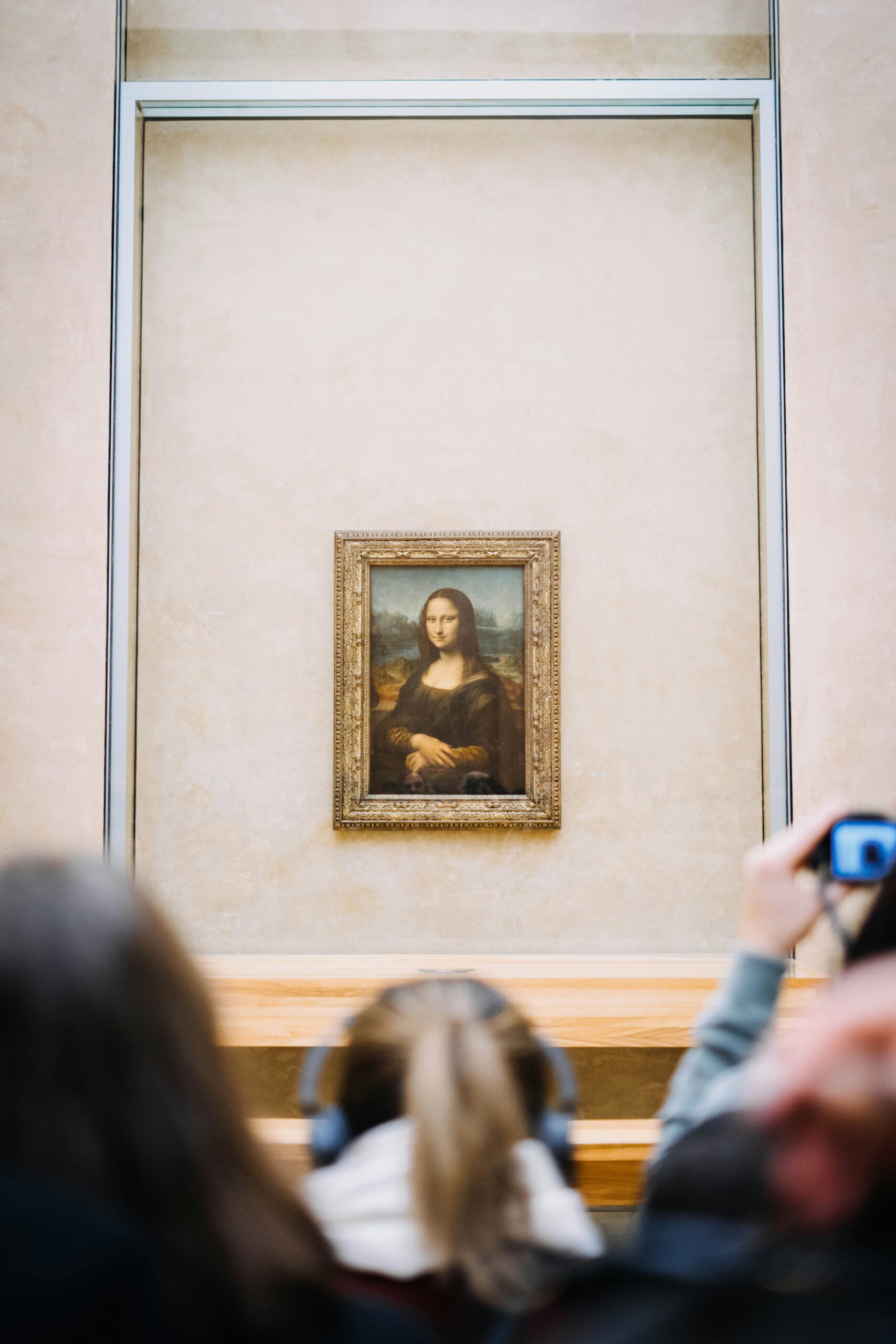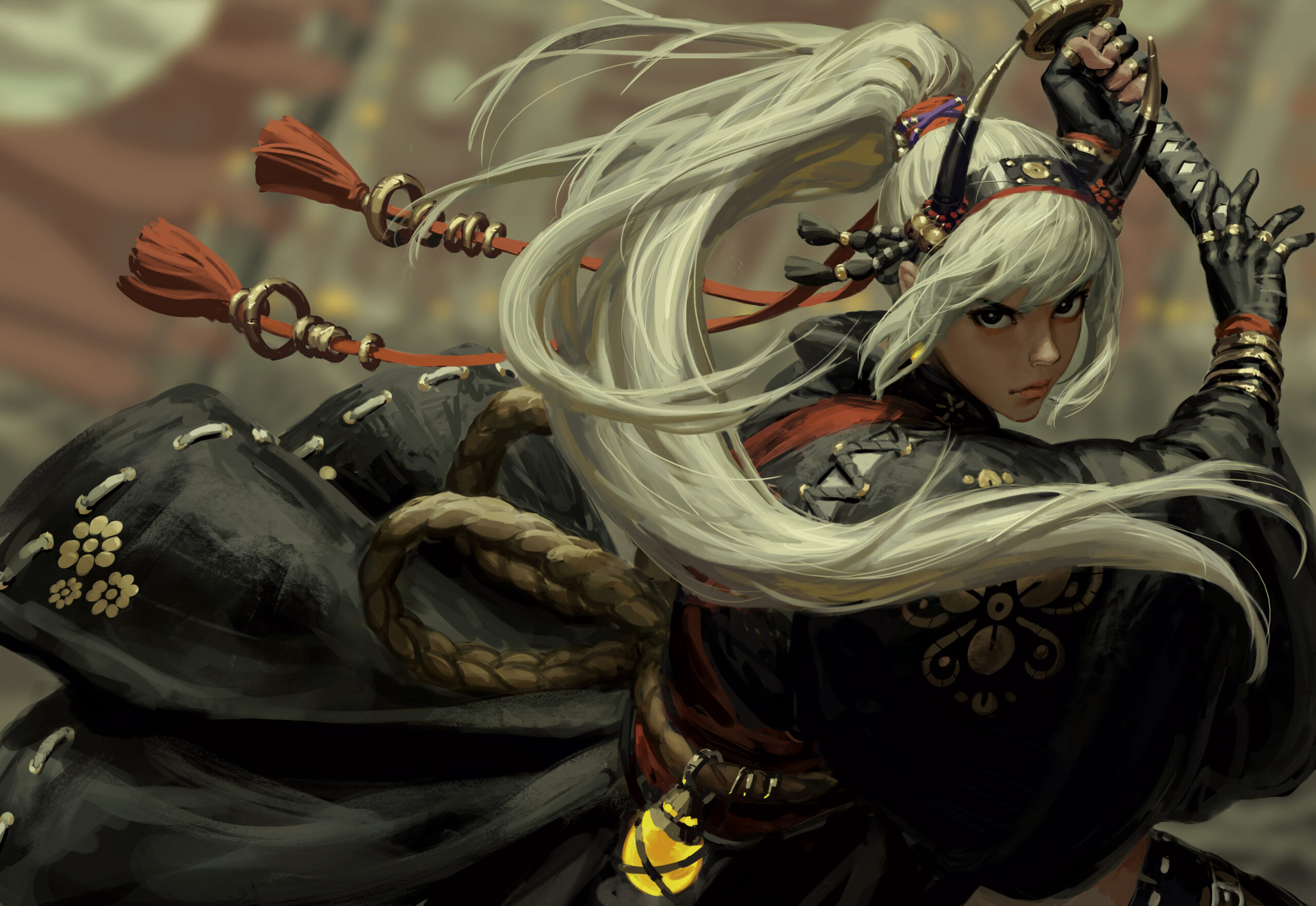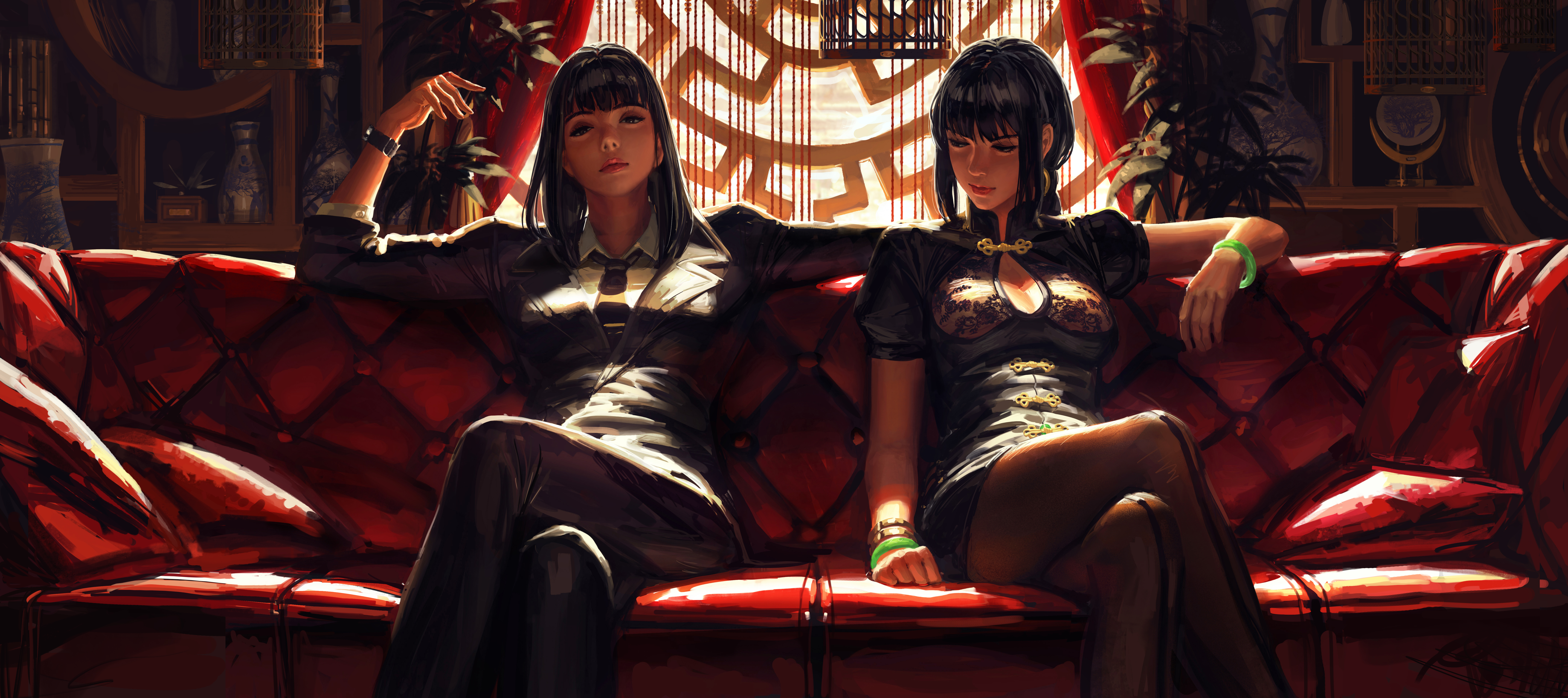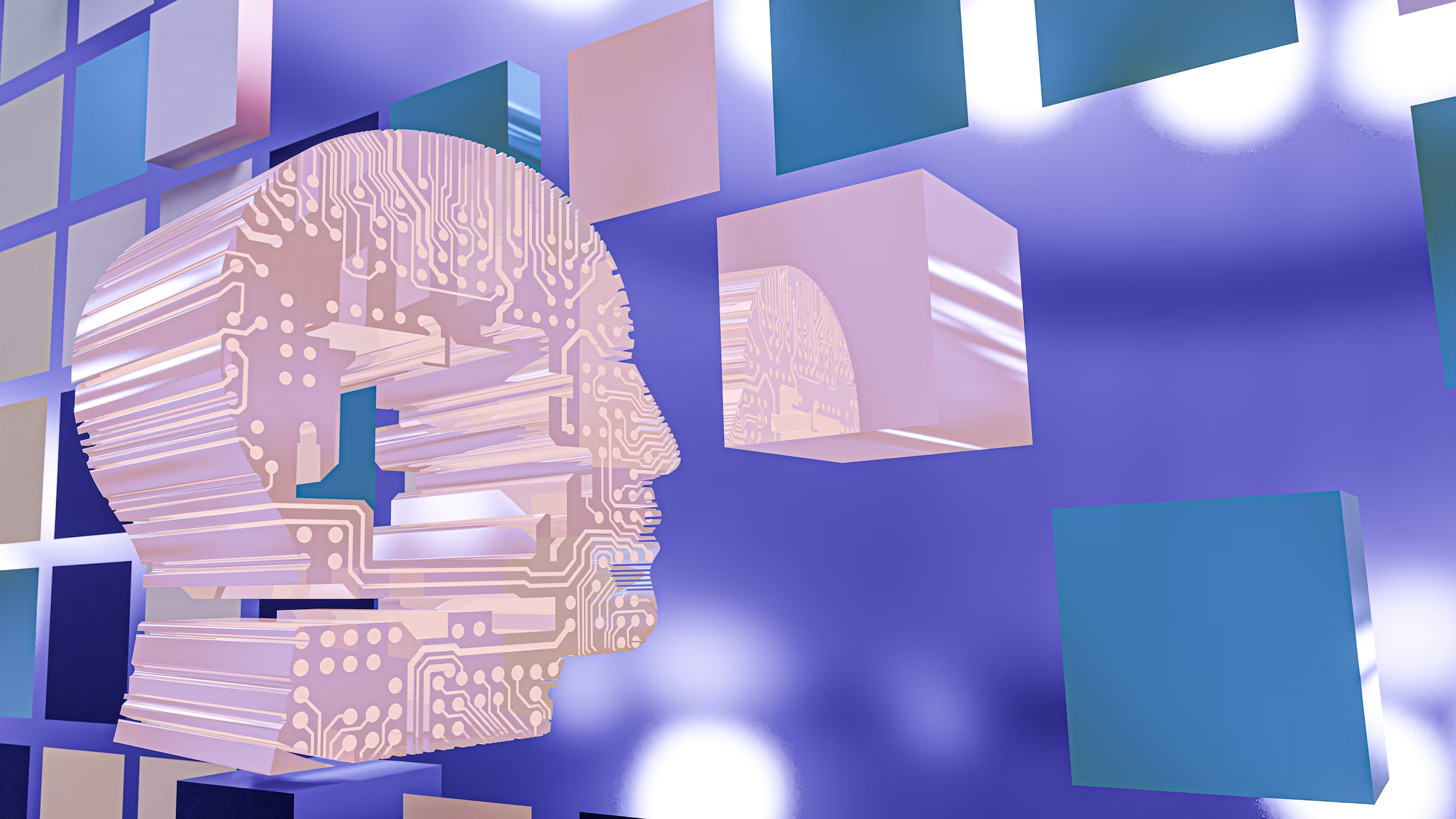Rough tranlation:
“The world is so beautiful when it’s seen clearly, and yet most people don’t try to see clearly. Isn’t that the truth? Not me though- I’,m seeing as hard as I can.”
To “see” and how to illustrate are the core concepts found in Hockney’s works. His name is synonymous with big-time pop artists like Andy Warhol these days. However, there is a logical approach in his works, even publishing “Secret Knowledge”, a book exploring different techniques to construct and challenge the possibilities of creating art through the lens of technological advancements (like optical instruments).
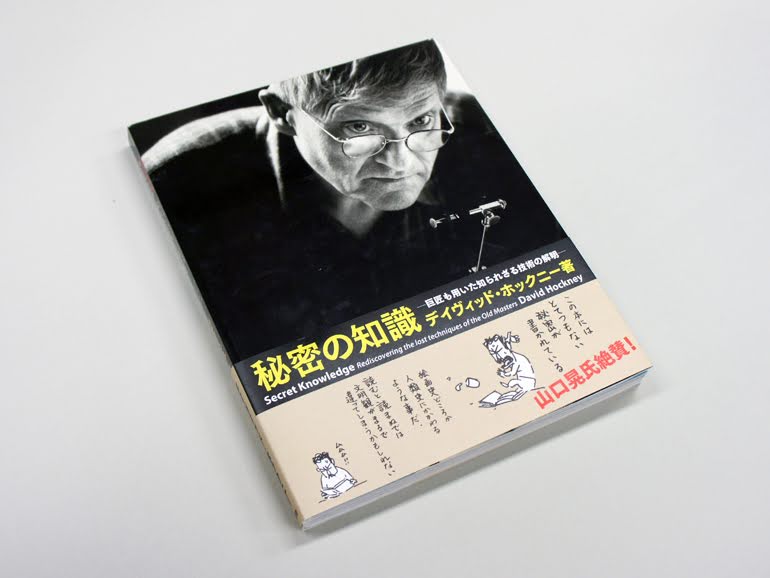
His 1972 work “Portrait of an Artist (Pool with Two Figures)” that was sold for $90 million in 2018 became sensational news, but he was ahead of his time. The paint used was acrylic, something that was developed just shortly before the portrait came out. In the 80’s, he used photo collages and CG, Fax machines, and other electronics- and now, is creating his works through different mediums like dashcams and iPads.

In his 2017 book, “A History of Pictures: From the Cave to the Computer Screen”, he identifies art and photography as a flat “image” and classifies them both as such. He dives into cave paintings and its history, and incorporates its core components into his current workflow of iPad illustrations as an extension of it. With that in mind, how does he incorporate the iPad in what he deems to be the technological pinnacle of art?
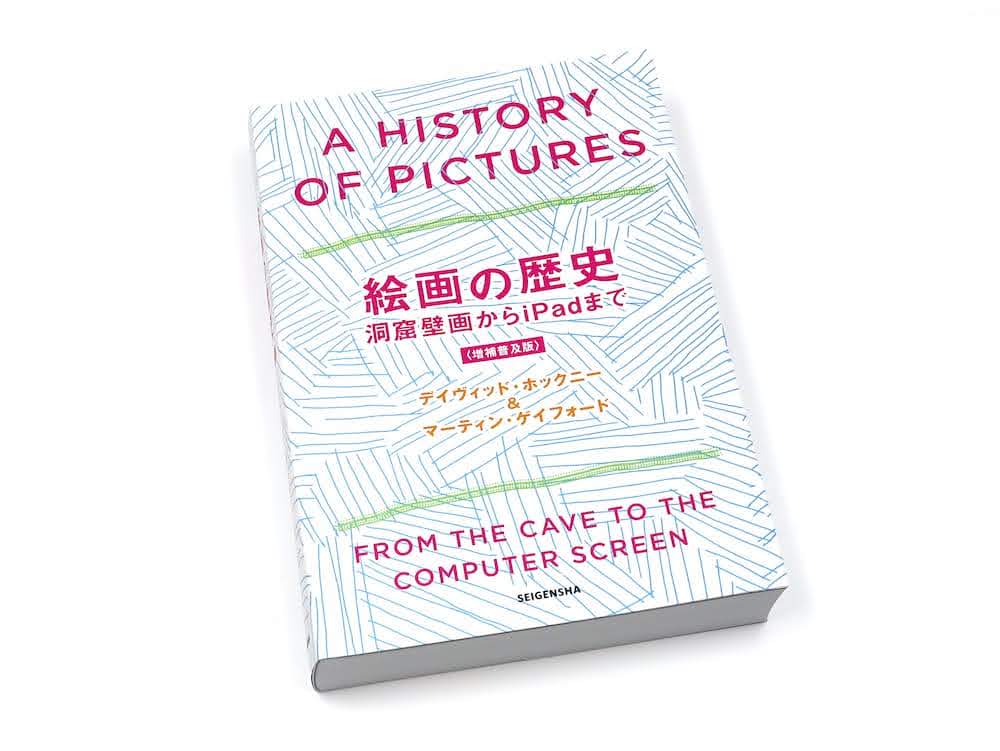
Hockney first grabbed an iPad in 2010, and started drawing on it using the app “Brushes”. This was a direct upgrade for him, as he was drawing on his iPhone at the time. Attracted to how “fast” he can draw the instances he saw around him, he saw digital devices as a perfect median in capturing the moment around him, fast.

Now, note that Hockney actually uses his own special version of “Brushes” later built by the team at Envoza, and uses that instead. However, the core components can be used even with just the “Notes” app installed by default on all iPads. All we need is a device and an Apple pencil to be on par with one of the greatest artists of our generation.
“That’s it?” you might be wondering- but worry not, let’s get back into reality by seeing Hockney’s works.
Using stamps resembling abstract paintings and lines that resemble Ukio-e, it almost brings a sense of enjoyment and the purity of the first drawing someone makes. His key is to analyze what he sees and experiences “now” as accurately as possible. There’s no need to worry about running out of paint, or to color over something- all he needs is a location or thing to draw about. By deeply analyzing the situation, one can find perspectives that might not have been imaginable before.
Lastly, a message from Hockney that one can learn from:
“I stop thinking about myself when I’m enamored in drawing…sometimes when I’m drawing on the iPad I feel that way. Time seems to fly by, and I stop caring about how much time I’ve been spending. This feeling happens often.”
The iPad method provides both speed and ease, while allowing yourself to focus on the world in front. In a world where information is abundant and can be overwhelming, you might be able to experience that “have to capture the now” feeling Hockney refers to.
Now, close this window and experience what’s in front of you.
Source: “David Hockney Exhibit Catalog” (Museum of Contemporary Arts- Tokyo)

